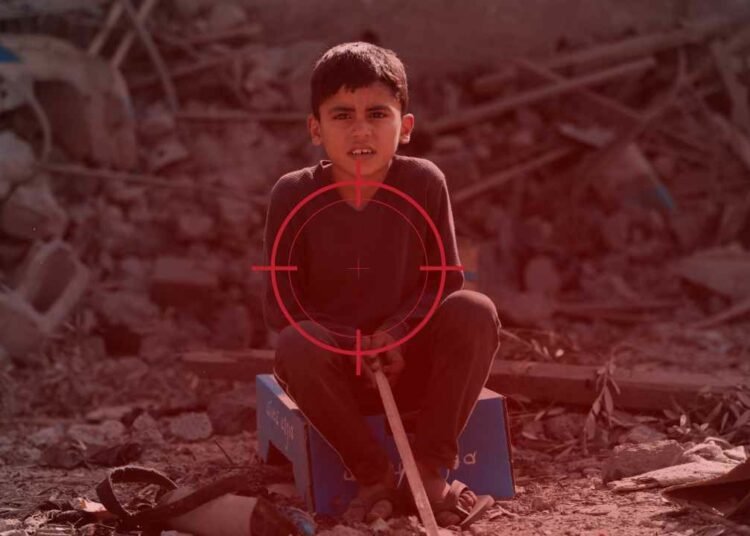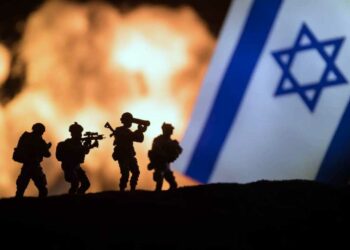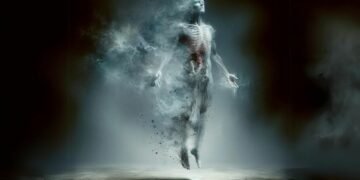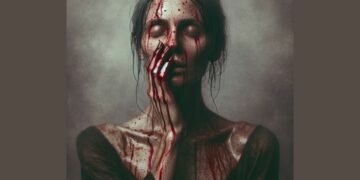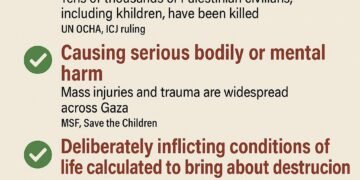In the shadow of ongoing conflict, the Gaza Strip has become the epicenter of an unparalleled tragedy, with children bearing the brunt of the violence. Recent reports from the United Nations highlight a harrowing reality: more children have been killed in Gaza in recent months than in four years of global conflicts combined. This stark statistic not only sheds light on the severity of the situation but also calls into question the long-term impact on an entire generation.
How many children has been killed in Gaza?
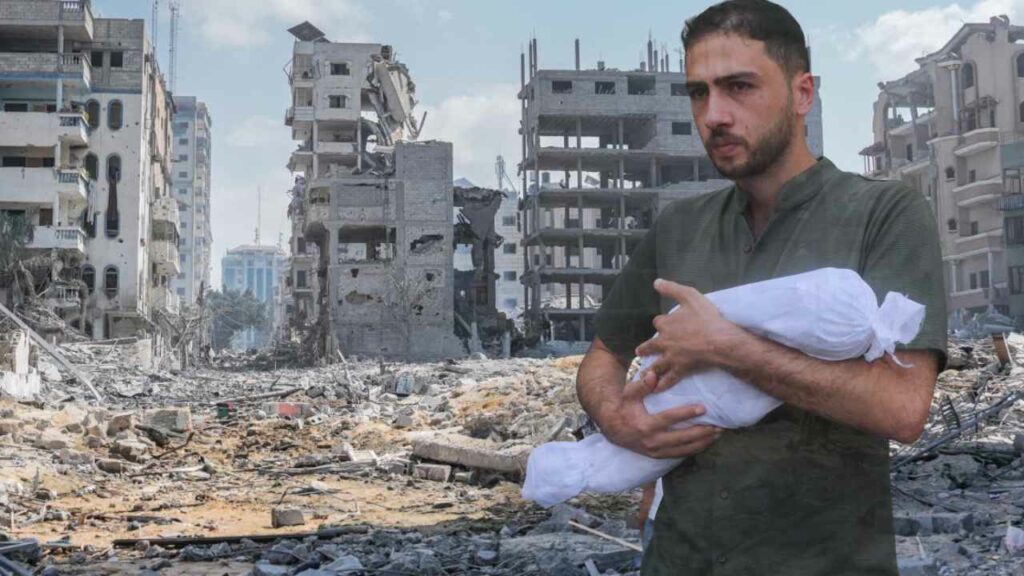
According to the latest data from the Gaza health authority, as cited by Philippe Lazzarini, the Commissioner-General of the UN agency for Palestinian refugees (UNRWA), at least 12,300 children have lost their lives in the enclave over the last four months. This figure surpasses the global count of child fatalities in conflicts from 2019 to 2022, which stood at 12,193. Lazzarini’s words resonate with a grim reality,
“This war is a war on children. It is a war on their childhood and their future.”
The Call for Ceasefire
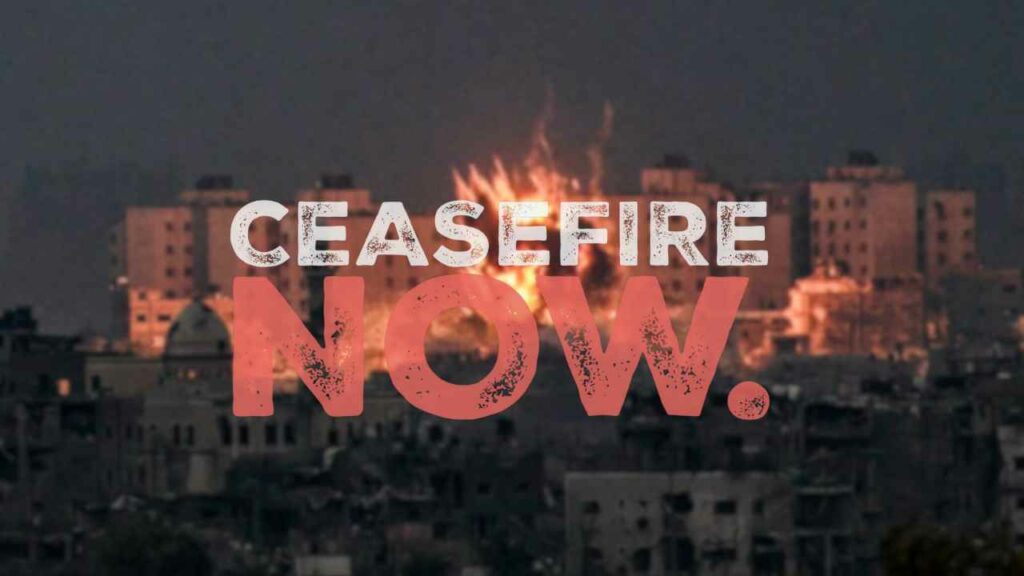
The UNRWA chief has echoed international calls for an immediate ceasefire in Gaza, where intense Israeli bombardment, a response to Hamas-led terror attacks, has devastated entire neighborhoods. The conflict has resulted in over 31,184 Palestinian deaths and 72,889 injuries. On the Israeli side, 247 soldiers have been killed, with 1,475 injured since the ground operation commenced.
Impact on Humanitarian Efforts
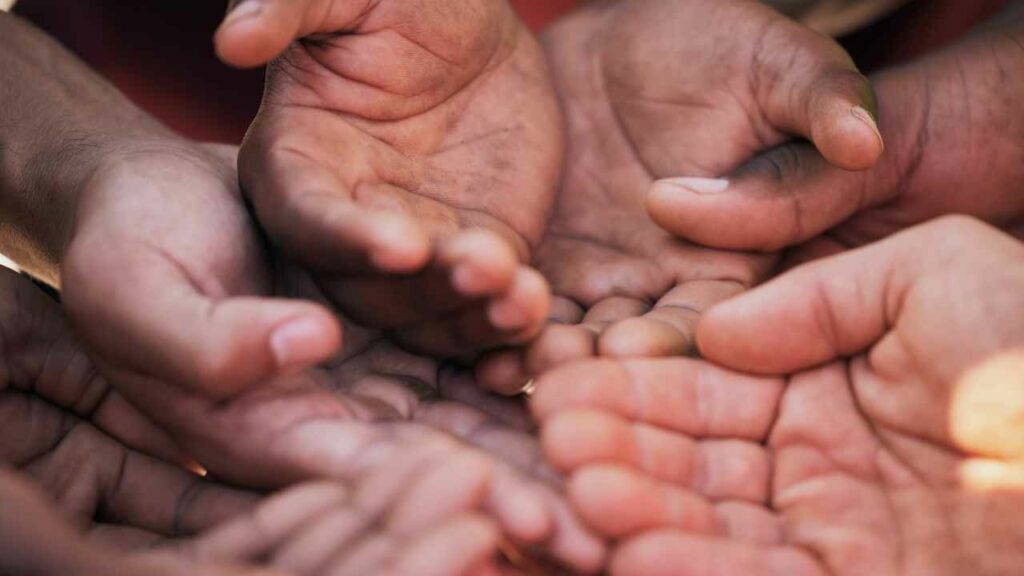
The conflict has severely impacted humanitarian efforts, with at least one UNRWA staffer killed and another 22 injured following an Israeli Forces strike on a food distribution center. This attack underscores the dire situation in Gaza, where hunger is widespread, and in some areas, has escalated to famine.
Despite UNRWA sharing the coordinates of its facilities with the conflicting parties, its facilities, including schools, have been hit, leading to unprecedented violations against its staff and operations.
The Vulnerability of Children
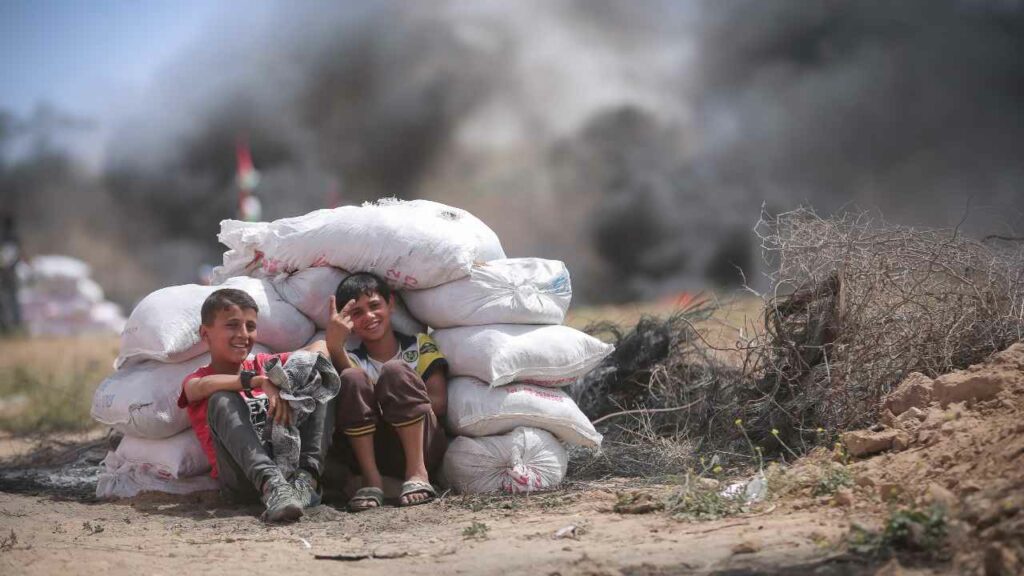
The humanitarian crisis has left one in four people in Gaza close to famine, translating to at least 576,000 individuals. Among them, children are the most vulnerable, with 25 having died from severe acute malnutrition and dehydration in northern Gaza alone, 21 of whom were children. The war has displaced 1 million children, with some 17,000 unaccompanied or separated from their families, highlighting the profound impact on Gaza’s youngest residents.
A Glimmer of Hope Amid Despair
Efforts to alleviate the dire situation have seen some success, with a World Food Programme (WFP) aid convoy reaching Gaza City, marking the first successful mission to the north since February. This aid, along with hospital support from the World Health Organization (WHO) and partners, provides a glimmer of hope. However, the need for daily deliveries and direct entry points remains critical to address the ongoing humanitarian crisis.
Reflecting on the Unthinkable
The loss of over 12,300 children in Gaza is not just a statistic; it’s a stark reminder of the war’s devastating impact on the most vulnerable. This tragedy prompts us to reflect on the long-term consequences for a generation growing up amidst conflict. As the international community calls for peace, the immediate need for humanitarian aid and a ceasefire has never been more urgent. The children of Gaza deserve a future free from the shadow of war, one where their safety and well-being are prioritized above all else.
The situation in Gaza is a poignant reminder of the cost of conflict, especially on the innocent. As we ponder these questions, it’s crucial to remember that behind every statistic is a child who deserved a chance at life, a family left grieving, and a community shattered. The time for action is now, to ensure no child’s life is cut short by the horrors of war.
International Law and Armed Conflict

- International Humanitarian Law (IHL): IHL, also known as the laws of war, seeks to limit the effects of armed conflict for humanitarian reasons. It distinguishes between combatants and non-combatants, with the latter category including children. Direct attacks against civilians, including children, are prohibited under IHL, making such actions unjustifiable and a violation of international law.
- Principles of Proportionality and Distinction: These are cornerstone principles of IHL. The principle of distinction requires parties to a conflict to distinguish between military objectives and civilian objects, ensuring that operations are directed only against the former. The principle of proportionality prohibits attacks that may cause incidental loss of civilian life, injury to civilians, or damage to civilian objects that would be excessive in relation to the concrete and direct military advantage anticipated.
Ethical Considerations
The ethical perspective strongly condemns the harm to children and other civilians during conflicts, viewing them as inherently unjustifiable. Children are among the most vulnerable members of society, and their protection is paramount in both moral and legal frameworks worldwide.
The Israeli Perspective
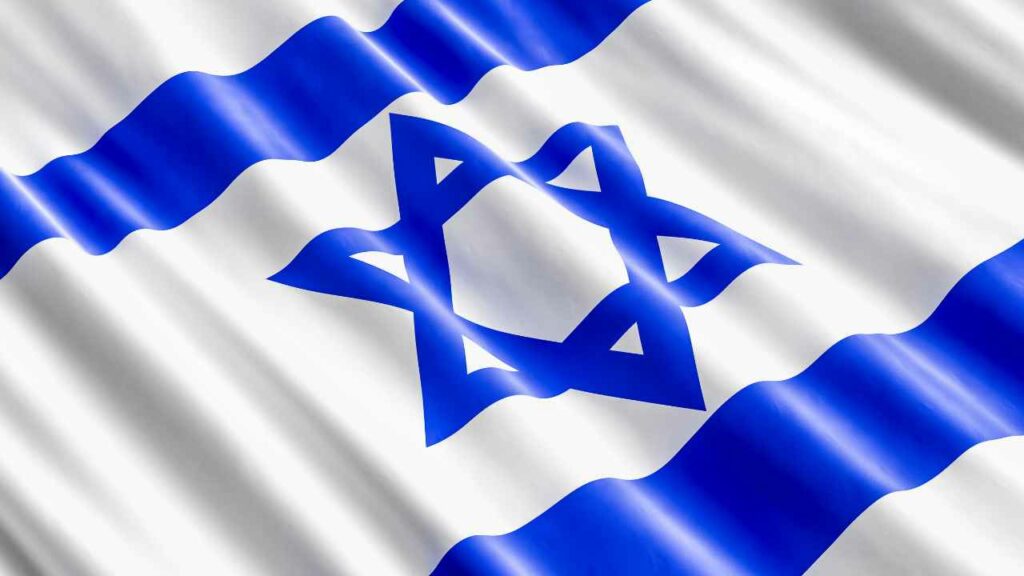
Israel often cites self-defense and the need to protect its citizens from attacks as the rationale behind its military actions. It argues that Hamas and other militant groups use civilian areas for military purposes, which complicates efforts to avoid civilian casualties. However, this explanation is contested by international observers and human rights organizations, which argue that the measures taken often do not comply with the principles of proportionality and distinction.
International Responses
The international community, including the United Nations, human rights organizations, and various countries, has repeatedly expressed concern over the high number of civilian casualties, including children, in the Gaza Strip. Calls for ceasefires, protection of civilians, and adherence to international law are common, alongside demands for accountability for violations.
In summary, from the perspectives of international law, ethics, and broad international consensus, the killing of children and other civilians in conflict zones is not justifiable. The focus remains on finding peaceful resolutions to conflicts, ensuring the protection of all civilians, especially the most vulnerable, and holding accountable those who violate international norms and laws.
